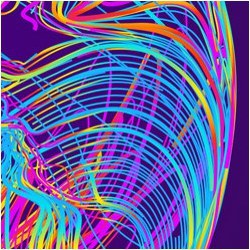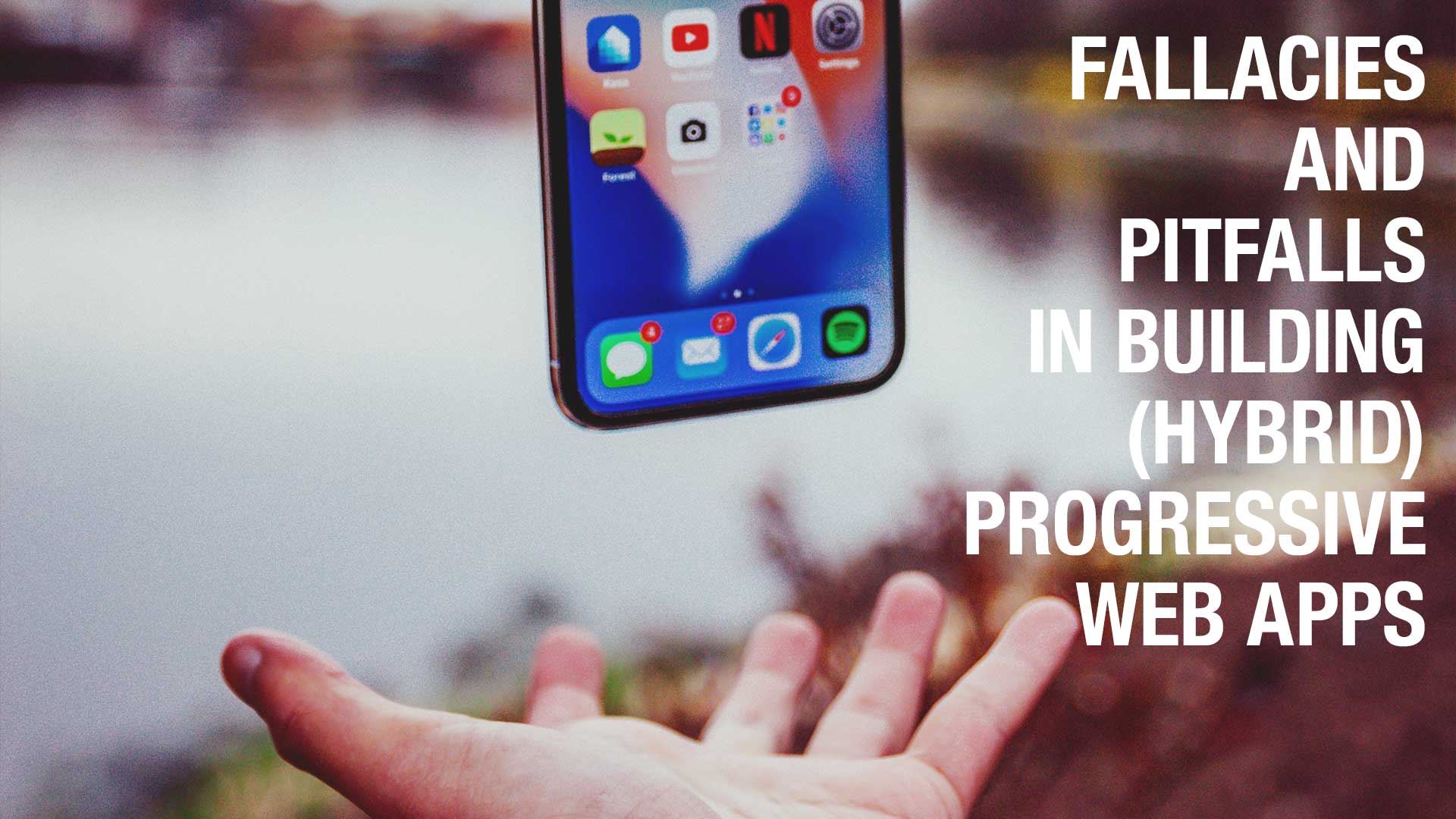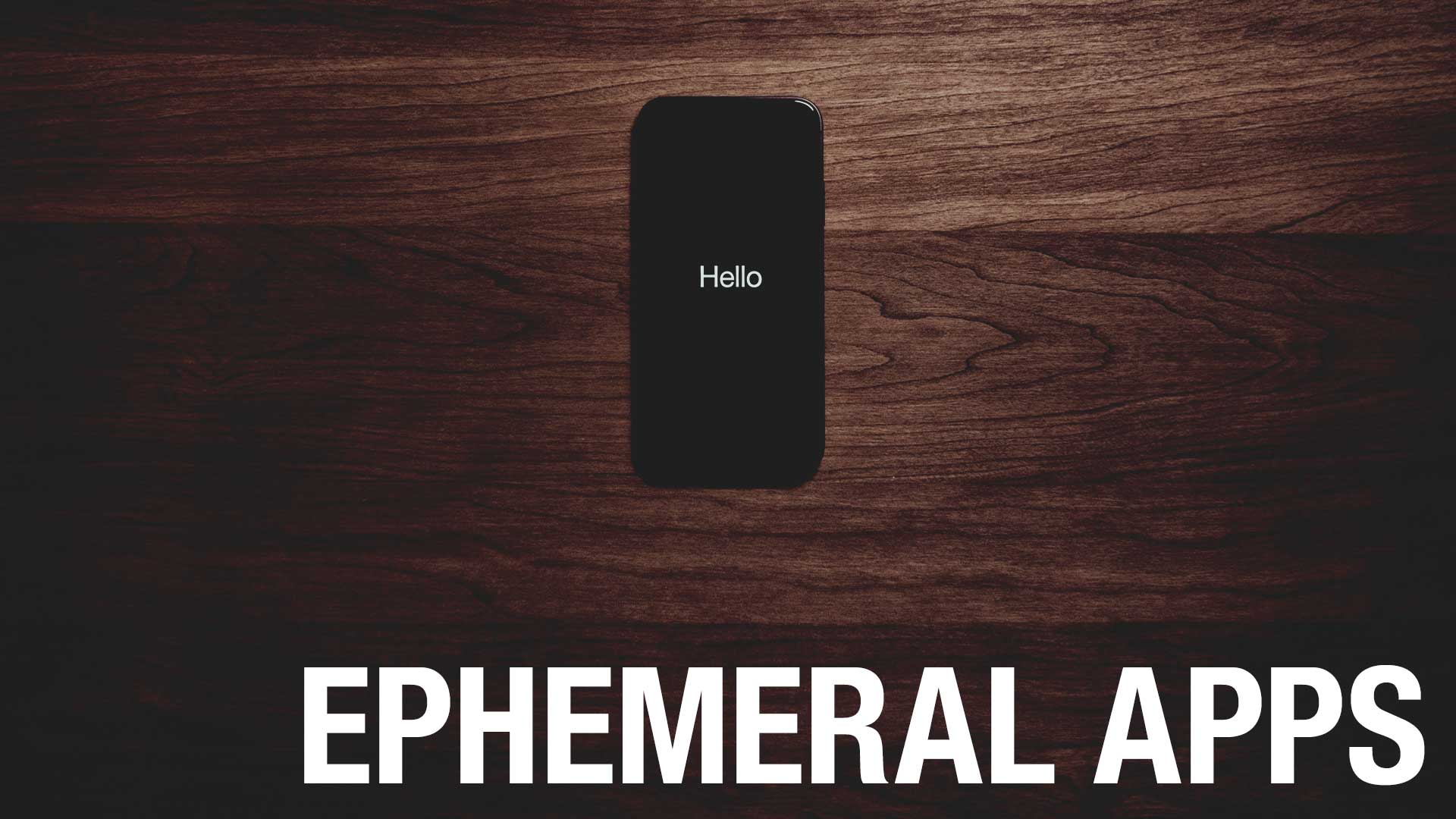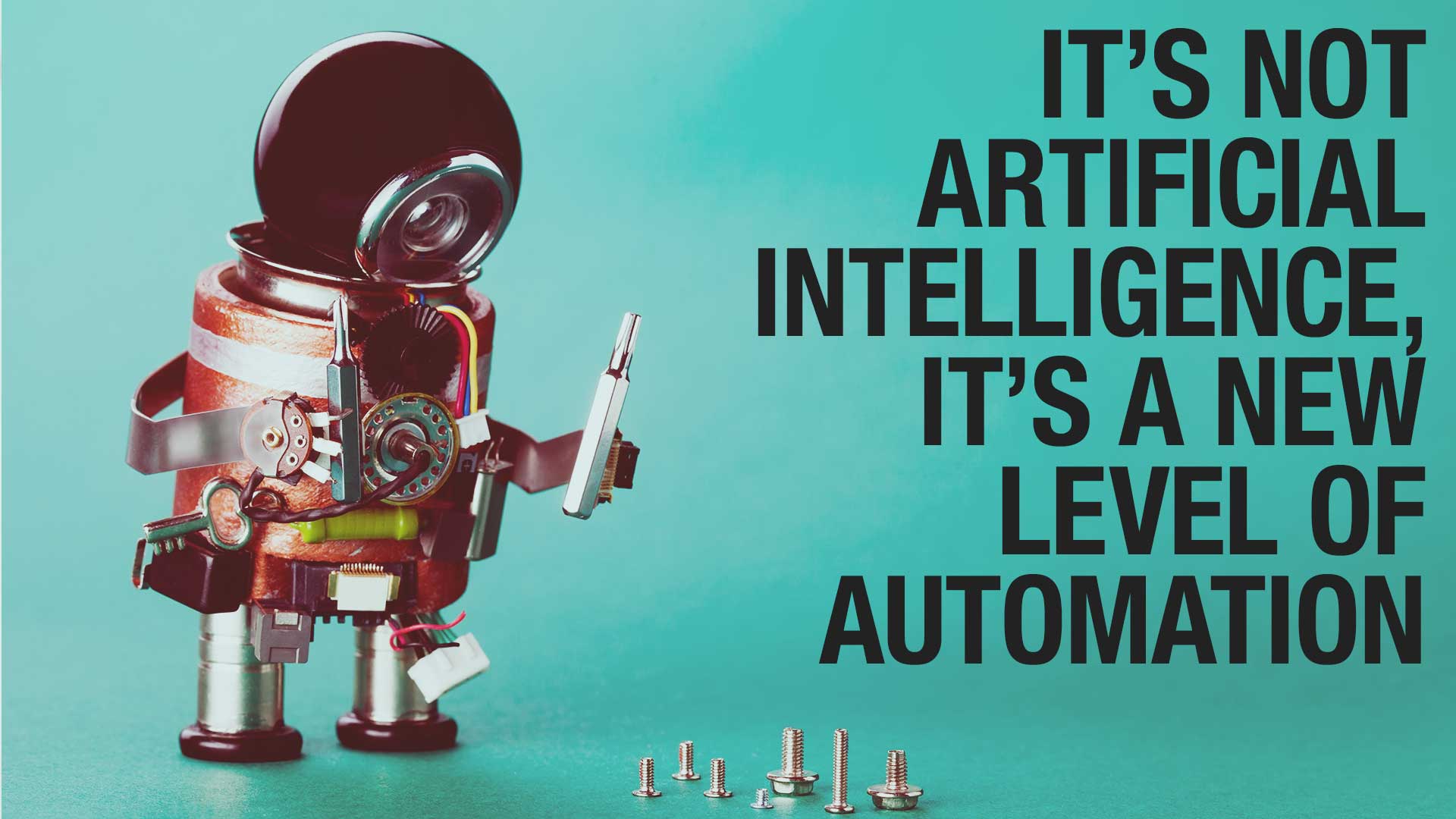Modern AI approaches often work like black boxes: nobody really knows why things work the way they work. Offering explanations why an AI system came to a conclusion is certainly needed. The article by Daniel S. Weld and Gagan Bansal [1] studied two approaches that are promising: using an inherently interpretable model, or adopting an...
Category: Technology
Almost 80% of AI and ML Projects Have Stalled, Survey Says – Robotics Business Review
Doing an AI project is hard. The main obstacle is the volume and quality of the training data, so Nathaniel Gates, CEO and co-founder of Alegion While large companies (more than 100,000 employees) are the most likely to have an AI strategy, only 50% of them currently have one, according to MIT Sloan Management Review....
Fallacies and Pitfalls in building (hybrid) Progressive Web Apps
We’ve rolled out our first wave of (hybrid) Progressive Web Apps (PWAs) to our customers during the last couple of weeks. Using a PWA based approach speeds up the development process for sure, however building hybrid PWAs which run a native web container had some challenges. Design Considerations Before we started to implement the hybrid...
Ephemeral Apps
In the past, there was an app for everything. People were happy to download those apps. However, people evenually got tired from installing apps for everything. It’s easy to see why this has happened. Some apps did not live up to the expectations, other apps are often used sporadically for a very specific task. For...
Towards a Proxemics Driven Software Architecture
We’ve build software for decades now. Starting with running software on remote mainframes and providing access via (dumb) terminals we moved toward personal computing where most of the computing activities happened locally on the desktop of the computer (aka the personal computer revolution). Spreadsheets are a wonderful example for this: from the mid-1960s onwards software...
Introducing LEIA – Your Shopping Avatar
Wouldn’t it be nice of you have your own personal assistant that helps you with all your shopping endeavors? An assistant that goes for you through advertising material and filters out news, coupons that are of interest for you? We are working on a personal assistant that brings these features to your mobile in the...
Warum Rich Push Nachrichten wichtig für Ihr Business sind
Ein Klick kann einen großen Unterschied machen. Es kann bedeuten, dass Ihr Unternehmen Geld verdient oder nicht. Als Unternehmen müssen Sie es Ihren Kunden daher so einfach wie möglich machen, Geld auszugeben. Je weniger Hindernisse (=Klicks in der Onlinewelt), desto besser. Schließlich müssen sich die Anstrengungen die Sie als Unternehmen unternommen haben, um Ihre Kunden...
Why Rich Push notifications are important for your Business
A click can make a huge difference. It can mean that your business earns money or not. Therefore, as a business you must make it as easy as possible for your customers to spend their money. The fewer obstacles, i.e., clicks, the better. After all, as a business you put considerable effort into the activation...
What is a Progressive Web App (and why should I care)?
Progressive Web Apps (PWA for short) use web technology to build apps that look like native apps. These apps offer user functionality like working offline, push notifications and can access device hardware traditionally available only to native mobile applications. Why should I care? In contrast to native apps, they cost less to build, since you...
It’s not Artificial Intelligence, it’s a new level of automation
Artificial Intelligence (AI) is probably the topic right now in computer science. There is a ongoing public discourse whether we’ll see machine overlords in the near future or not. People like Elon Musk spoke of regulating AI to make sure that the human race survives. If you look at the current state of AI and...







